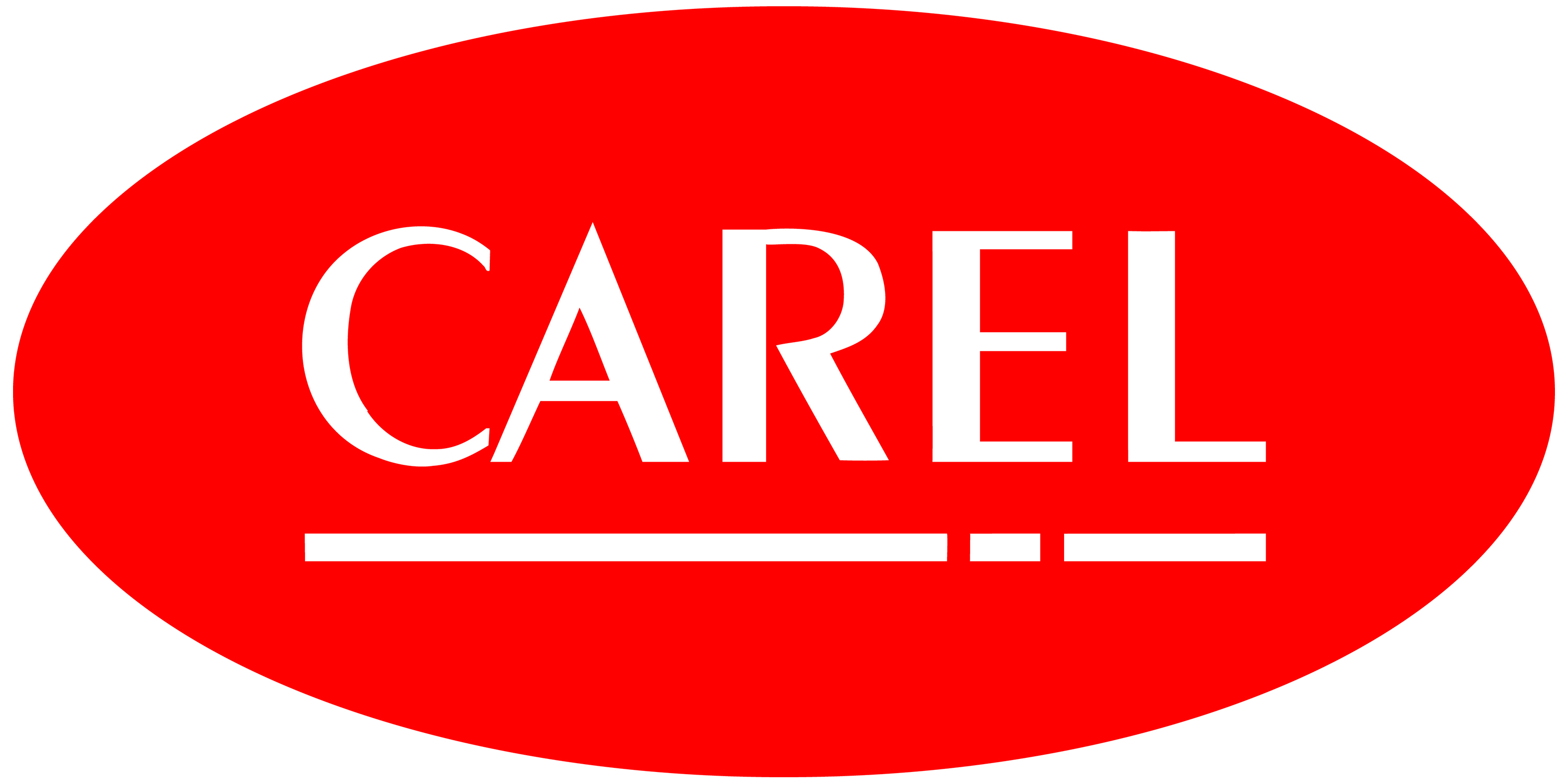Communication languages

The communication between the monitored devices and the systems that collect and analyse the data requires a common language, that is, a set of rules and commands recognised by both sides. This language is called a communication protocol.
There are a number of different protocols: some are proprietary, that is, developed by a single company or organisation for communication between its own devices, while others are defined as standard, even if they are not yet universally established, as they allow communication between devices made by different manufacturers.
In order to make sure that the devices in both of the above cases can communicate with one another, a hardware device called a gateway is required. This translates one of the two protocols used so as to make it compatible with and therefore interpretable by the other.
LonWorks
With millions of devices installed all over the world, the LonWorks system, developed by Echelon, is one of the dominant solutions in the industrial, office, home and transport automation and control markets.
Modbus
Introduced in the 1970s, the Modbus protocol has become one of the most commonly used languages in BMSs (Building Management Systems).
BACnet
This is the protocol designated in 1995 by ASHRAE (America Society of Heating, Refrigerating and Air-Conditioning Engineers) as the organisation's official language.
TCP/IP
These are the communication protocols used for communication via the Internet.
TCP (Transmission Control Protocol) divides and then reassembles each piece of information and message into elements (called packets), while IP (Internet Protocol) makes sure that the packets reach the correct destination.
TCP/IP is used because the internet is a packet switching network: as there is no single continuous connection between the sender and receiver, the information, when sent, is divided into a number of packets, which are sent at the same time via many different paths, and then reassembled at the receiver's end.
